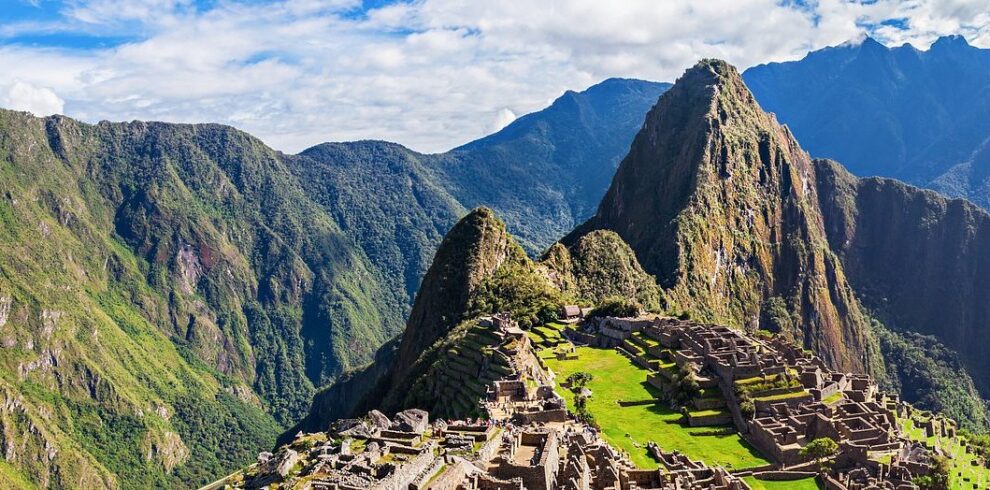Cusco
Cusco: La Capital del Imperio Inca 🏔️✨
Descubre Cusco, el corazón del antiguo Tahuantinsuyo y una ciudad llena de historia, cultura y magia. Recorre sus calles empedradas, templos coloniales y vestigios incas. Desde la imponente Plaza de Armas hasta la maravilla mundial de Machu Picchu, Cusco es la puerta de entrada a paisajes andinos inolvidables y tradiciones vivas. ¡Un destino que combina historia y aventura como ningún otro! 🦙🌄
Cultural Tours
Tourism is travel for pleasure or business; also the theory and practice of touring, the business of attracting, accommodating, and entertaining tourists, and the business of operating tours. Tourism may be international, or within the traveller’s country. The World Tourism Organization defines tourism more generally, in terms which go «beyond the common perception of tourism as being limited to holiday activity only», as people «traveling to and staying in places outside their usual environment for not more than one consecutive year for leisure, business and other purposes».
Tourism can be domestic or international, and international tourism has both incoming and outgoing implications on a country’s balance of payments. Today, tourism is a major source of income for many countries, and affects the economy of both the source and host countries, in some cases being of vital importance.
- Ene
- Feb
- Mar
- Abr
- May
- Jun
- Jul
- Ago
- Sep
- Oct
- Nov
- Dic
Paragliding
Paragliding is the recreational and competitive adventure sport of flying paragliders: lightweight, free-flying, foot-launched glider aircraft with no rigid primary structure. The pilot sits in a harness suspended below a fabric wing comprising a large number of interconnected baffled cells. Wing shape is maintained by the suspension lines, the pressure of air entering vents in the front of the wing, and the aerodynamic forces of the air flowing over the outside.
Despite not using an engine, paraglider flights can last many hours and cover many hundreds of kilometers, though flights of one to two hours and covering some tens of kilometers are more the norm. By skillful exploitation of sources of lift, the pilot may gain height, often climbing to altitudes of a few thousand meters.
- Ene
- Feb
- Mar
- Abr
- May
- Jun
- Jul
- Ago
- Sep
- Oct
- Nov
- Dic
Peak Climbing
A climbing peak may refer to a mountain or hill peak or a rock formation that has to be ascended by climbing. The term is common in Germany where it is specifically used of free-standing rock formations in the climbing regions of Saxon Switzerland, Zittau Mountains and other nearby ranges in the German Central Uplands that can only be summitted via climbing routes of at least grade I on the UIAA scale or by jumping from nearby rocks or massifs. As a general rule, they must have a topographic prominence of at least 10 metres to qualify. In Saxon Switzerland the Saxon Climbing Regulations do not require any minimum height, but define climbing peaks as
Another requirement is its recognition by the responsible sub-committee of the Saxon Climbers’ Federation (SBB) and the responsible conservation authorities. For hikers these authorized summits may often be recognised by the presence of a summit register and abseiling anchor points.
In other climbing areas, such as those in Bohemian Switzerland, there are other exceptions. There, climbing peaks only need to have a significant rock face – the lowest side of which has to be less than 10 m high, but at least 6 m high.

- Ene
- Feb
- Mar
- Abr
- May
- Jun
- Jul
- Ago
- Sep
- Oct
- Nov
- Dic
